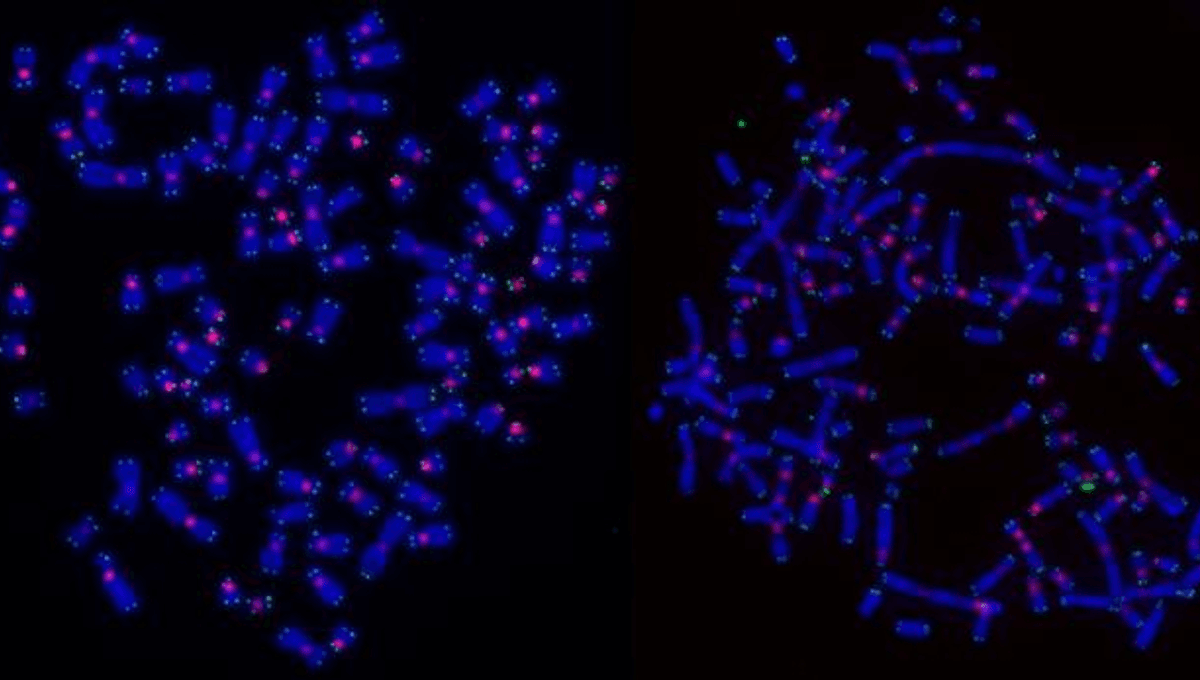
Exposure to radiation kills cells from the same tumors in different ways, and some are far more useful for saving lives than others. A new study that claims to have explained the processes might open paths to finding ways to better target cancers, with fewer side effects.
A simple story can be told about cancer radiotherapy: beams of radiation are targeted precisely at the tumor so that its cells take on a lethal dose, killing the cancer cells while most of the body’s healthy cells are spared. A more complex one adds that certain cancers, such as lymphomas, are particularly radiosensitive – their cells will die after exposures that most nearby healthy cells survive.
However, this is only part of the story. When radiotherapy kills some cancer cells, they alert the immune system to their presence, prompting it to kill even those cancer cells that survive the direct radiation. This double punch greatly increases the effectiveness of the treatment and is key to survival for many patients, but it is hampered because some cancer cells die in the wrong way. Getting rid of those cells is useful, but only does half the job, and medical researchers have been puzzled as to why supposedly identical cells’ responses differ.
Professor Tony Cesare of the Sydney Children’s Medical Research Institute thinks he and his team have the answer. “The surprising result of our research is that DNA repair, which normally protects healthy cells, determines how cancer cells die following radiotherapy,” Cesare said in a statement. “The DNA inside our cells is constantly experiencing damage, and DNA repair is happening all the time to fix that damage and keep our cells healthy. Now, however, it seems these repair processes can recognize when overwhelming damage has occurred (e.g., from radiotherapy), and instruct a cancer cell how to die.”
If the repair worked so well that the cancer cells did not die at all, the radiotherapy would be useless. However, the doses are calibrated so that most of the time they do damage that is beyond the repair process’ capacity to fix. Crucially, however, damaged cells can die either during mitosis (cell division) or subsequently.
“Critically, death during cell division goes unnoticed by the immune system, so it won’t activate an immune response,” Cesare said. “This is not what we want.”
We might expect cells that survive mitosis to be more of a problem, but those that have been mortally wounded release byproducts of DNA repair when they do die, the team of researchers report. The cell interprets these as infection, as if a virus or bacterium had got inside. The immune system has evolved to attack cells infected in these ways, so it’s alerted to these cases. As well as cleaning up the dead cells, it attacks the accompanying cancer cells that survived the radiation.
The difference, according to this new research, is that death during mitosis is a product of homologous recombination repair. Later cell death is triggered by other options in cells’ self-repair toolkit; non-homologous end joining, microhomology-mediated end joining, and single-strand annealing. The type of repair that occurs depends in part on the radiation dose delivered, the team observed.
If homologous recombination can be blocked, the team reasoned, cells would need to repair themselves in other ways, which would lead to them dying when the immune system will notice. Cesar told IFLScience that; “The damaged cells without Homologous recombination will eventually die a few cell divisions later (i.e they die 5 or 7 days later as opposed to with 2 days of irradiation).” Moreover, they will take undamaged cells with them when the immune system catches on.
Indeed, Cesare added; “This is consistent with a rare, but real occurrence in radiation therapy called the abscopal effect, where radiation of a tumor in one body location clears metastatic tumors in another location.”
Lead author Dr Radoslaw Szmyd spent six years working on the question of why cells from the same tumor die in different ways, solving it by tracking cells for a week after their irradiation. Recent advances in live cell microscopy made this possible.
Experiments in culture confirmed the idea’s potential, as the cells released interferons, the molecules that activate the immune system. The effectiveness has yet to be demonstrated in animal models, let alone clinical trials.
Drugs that prevent homologous recombination should therefore make radiation therapy more effective, and potentially allow it to be delivered in lower doses. Cesare told IFLScience; “There are drugs that inhibit homologous recombination in clinical trials, most notably ATR inhibitors. There are multiple companies developing drugs that target DNA repair pathways including HR.”
One mutation on the BRCA2 gene, known for its association with breast cancer, prevents homologous recombination and therefore death during mitosis, while another enhances it, suggesting potential for drug targets. Cesare told IFLScience that the team is also trying to determine if this means that cancers caused by BRCA2 might respond differently to radiation therapy than other cancers.
The study is published in the journal Nature Cell Biology.
Source Link: Radiotherapy Has Been Killing Cancers For Decades – We Might Finally Understand How